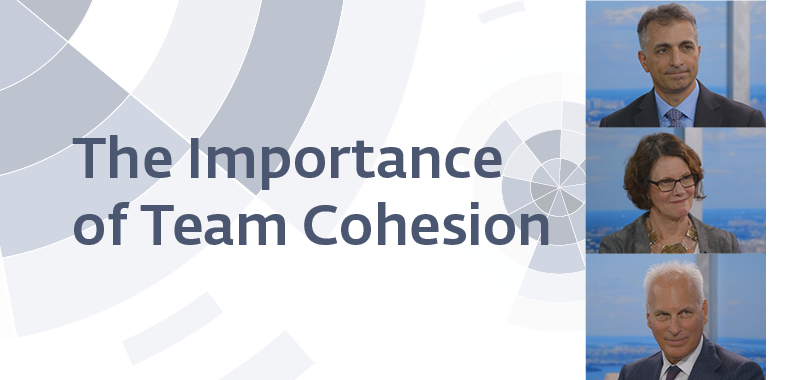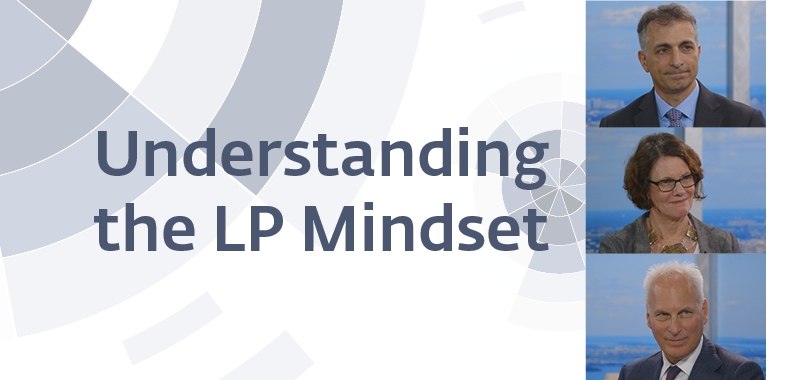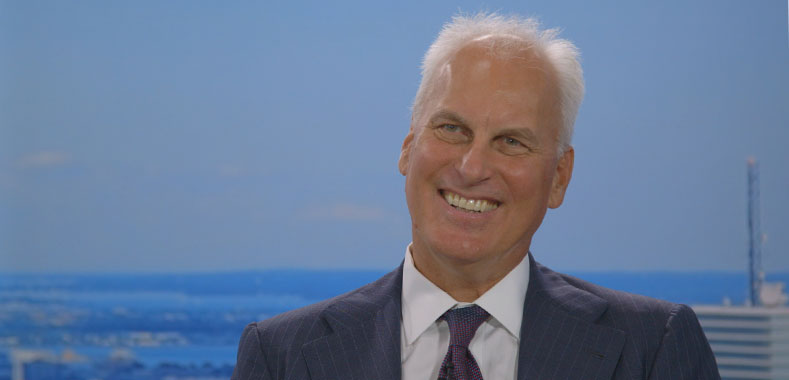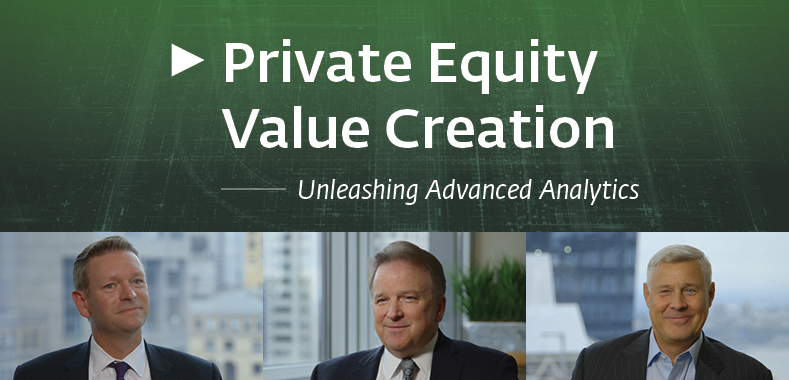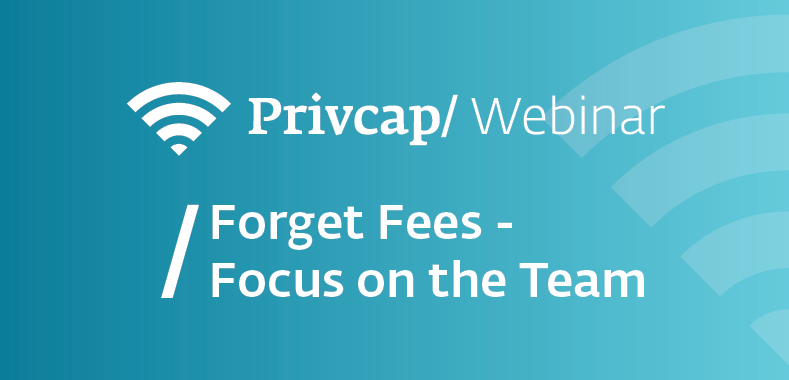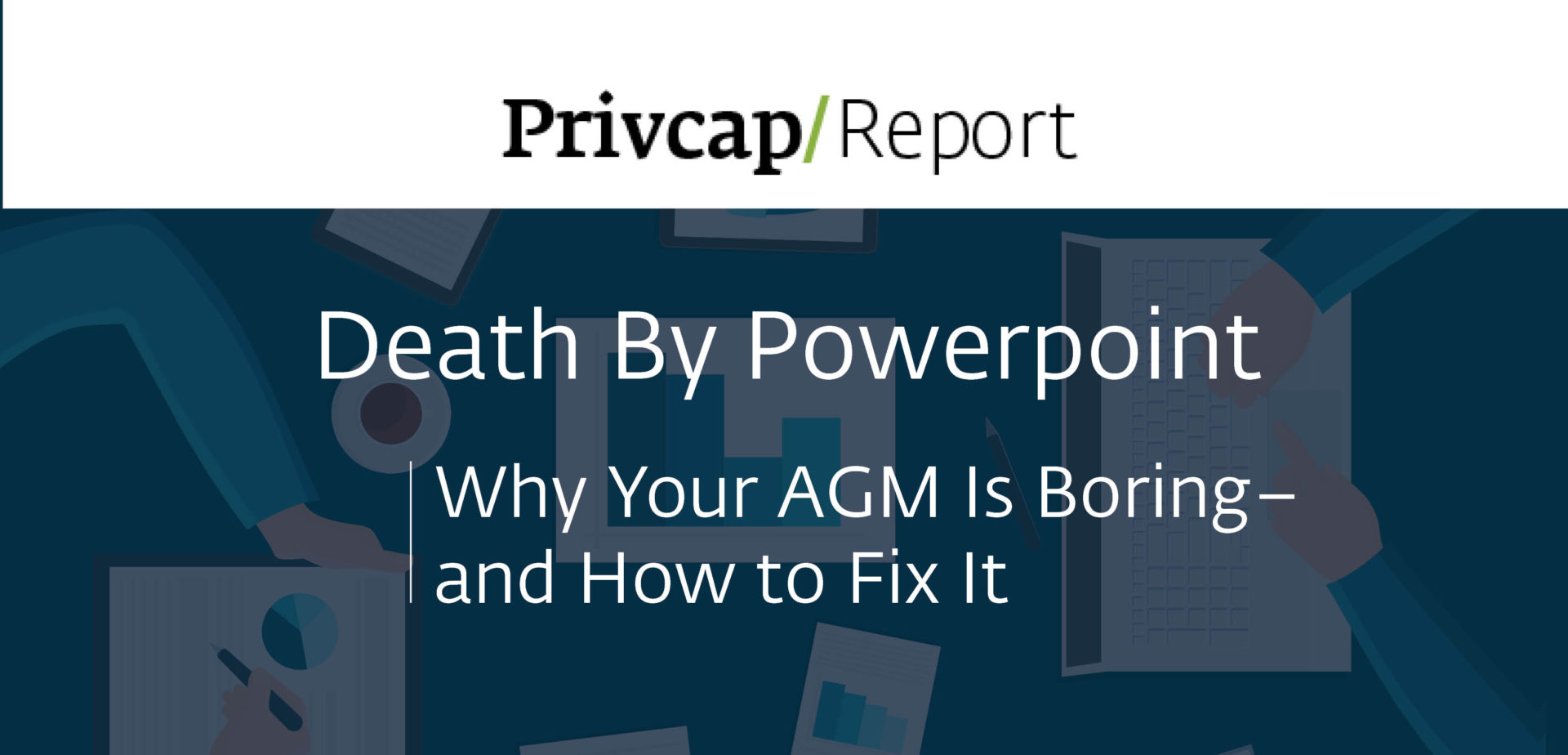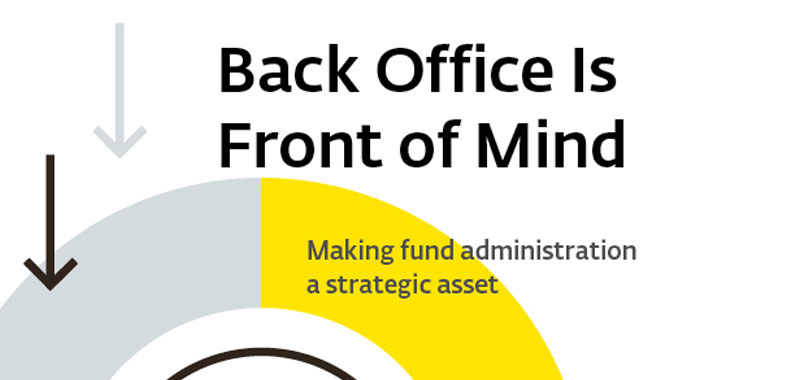Expert Q&A: Competitive Advantage
Download the article here
Top-notch fund administration can differentiate your firm, says NESF’s Michael Halloran
Privcap: What are the challenges facing fund managers today?

NES Financial
Michael Halloran, NES Financial: Today, in the GP world, we’re going through a sea change. The demands on GPs from limited partners are changing. They’re requiring more and more by way of transparency, reporting, and actionable intelligence. At the same time, you’ve got greater compliance requirements being pushed down. You can break down the needs of the fund into multiple categories: The first one is accessing and retaining capital. The second is operational infrastructure. The last one is risk mitigation.
Given the complexity and cost pressures, how can fund administration be transformed into a strategic asset?
Halloran: You have a whole ecosystem of providers out in the marketplace, traditional fund administrators—back, middle, and some front-office services. They’re kind of like plumbing, right? Fund administration needs to become much more strategic. You have to get yourself out of the box of traditional fund administration for a moment. Imagine if you had a fully integrated environment where you could marry data from internal performance on the fund to external data within the sector and be able to analyze all of that data in real time. The best funds out there are going to be better, faster, and smarter than the other guys, because they’re able to take data from disparate sources, pull it together, and turn it into actionable intelligence. The delivery mechanism for that is going to be the fund administrator.
PE funds are actively seeking ways to tap retail investors. How does this change the calculus for fund admin?
Halloran: If you look at private equity funds today, they’ve got the institutional limiteds on the high end that are demanding an all-new level of reporting and transparency. Now, at the same time, they want to democratize alternative assets and alternative investments. And to do that, that means you’re diving all the way down from the extreme of the institutional limiteds to the individual retail investor. That’s a challenging number of degrees of separation. They have a totally different set of requirements. From the fund’s perspective, they have to have the capability ultimately to access that lowest common denominator, which is the individual investor.
Here’s a good example of how a very large fund has gone out and accessed markets that heretofore had been inaccessible because of the cost of servicing: This particular fund is a private equity real estate fund. They have raised multiple billions of dollars. They did it in three large phases. Then they broke each one of those phases down into $50 million tranches. Every $50 million tranche has its own PPM and it had different terms. Now I have to pay out on a monthly basis—deliver statements, my interest, my interest allocations to the individual investor. I also have to pay these broker dealers. The waterfall complexity in this is insane. You simply cannot get there manually. The complexity is far too high. It’ll be a combination of technology, domain expertise, and business process. When you bring those right components together, you can do some amazing stuff.
How fund administration can be turned into a strategic advantage for your firm.


